Hi there, pet lovers! 🕷️
For those who love unique, low-maintenance pets with fascinating behaviors, the Giant Crevice Weaver (Southern House Spider, Kukulcania hibernalis) is a hidden gem. Often overlooked due to its reclusive nature, this spider becomes an extraordinary pet when housed in a Cobweb Castle—a revolutionary enclosure that lets you observe its secretive life.
In this review, we’ll explore everything you need to know about keeping this spider, from its temperament and care requirements to why it’s one of the easiest arachnids to maintain. Whether you’re a curious beginner or an experienced invertebrate keeper, this guide will help you decide if the Southern House Spider is the right pet for you.
Overview
The Southern House Spider is a large, crevice-dwelling spider native to the Americas, often mistaken for the Brown Recluse. Unlike many spiders, it thrives in human-made structures, spinning non-sticky “Velcro” webs to trap prey. Here’s a quick summary of what makes this spider special:
- Handling and Temperament: Not recommended for handling, but docile when disturbed.
- Care and Maintenance: Extremely low-maintenance; thrives in a Cobweb Castle.
- Health and Durability: Exceptionally hardy; can survive weeks without food or water.
- Availability: Common in the wild (Southern U.S. to South America); also available from specialty breeders.
- Cost: Affordable, with enclosure being the main investment.
- Overall: A fascinating, hands-off pet perfect for observation-based keepers.
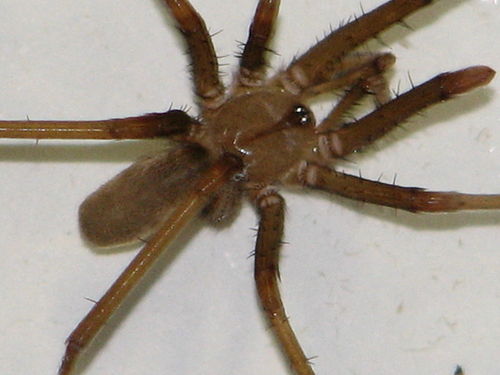
Why Choose a Southern House Spider?
This spider is ideal for those who want an interactive yet low-maintenance invertebrate. Unlike tarantulas or jumping spiders, it doesn’t require handling to be enjoyable—its natural behaviors are the main attraction.
With a Cobweb Castle, you can watch it ambush prey, maintain its web, and retreat into crevices, offering a rare glimpse into the life of a spider that would otherwise remain hidden.
Handling and Temperament
Southern House Spiders are not aggressive and rarely bite, but they are not ideal for handling.
Personality and Behavior
- Extremely reclusive—spends most of its time hidden in crevices.
- Docile when disturbed; prefers to retreat rather than attack.
- Males vs. Females: Males are thinner and more mobile, while females are bulkier and stay near their webs.
Handling Tips (If Necessary)
- Avoid handling unless absolutely needed—they are delicate and stress easily.
- If you must move one, use a soft brush or gentle coaxing rather than picking it up.
- Never pull them from their web—it’s their lifeline and primary hunting tool.
While they won’t provide the same interactive experience as a jumping spider, their natural hunting behaviors make them captivating to observe.
Care and Maintenance
One of the easiest spiders to care for, the Southern House Spider requires minimal upkeep—perfect for beginners or busy keepers.
Enclosure Setup
- Best Enclosure: Cobweb Castle (a specialized setup with a viewing window).
- Alternative: A tall, narrow terrarium with vertical crevices (cork bark, stacked rocks).
- Substrate: Not critical (paper towels or coconut fiber work).
- Climbing & Hiding: Must have tight crevices—they rely on these for security.
Humidity & Temperature
- Humidity: Not fussy—no misting needed (they get moisture from prey).
- Temperature: Room temperature (65–80°F) is perfect; avoid extreme heat.
Feeding
- Diet: Small insects (crickets, flies, roaches) 1–2 times per week.
- Feeding Trick: Use a vibrating toothbrush to mimic trapped prey and trigger a feeding response!
- Water: Not required—they hydrate from their food.
Lighting
- No special lighting needed—they are nocturnal and prefer darkness.
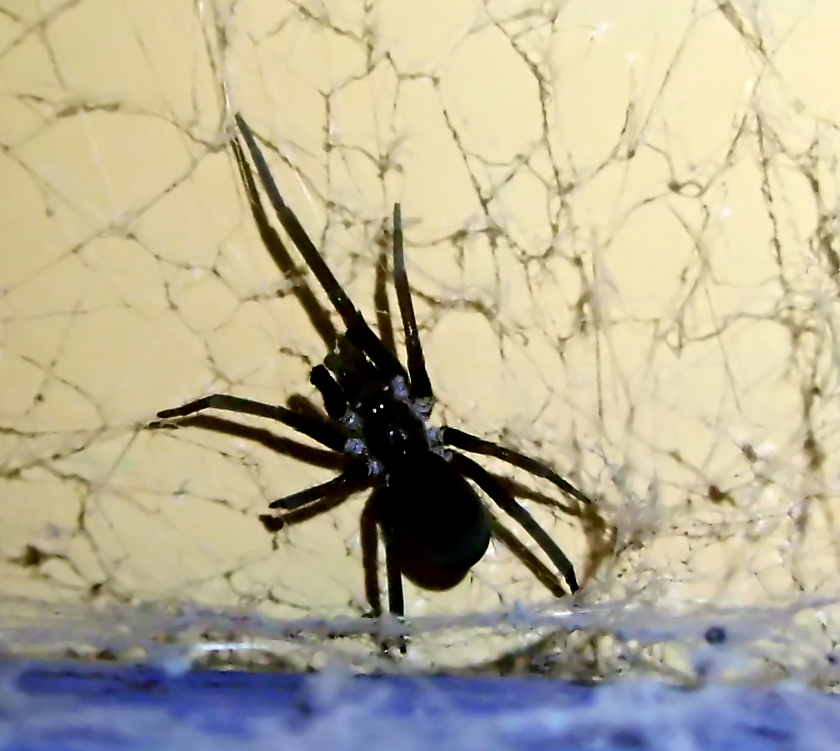
Health and Durability
This spider is incredibly resilient, making it a great choice for those new to arachnids.
Common Health Issues
- Dehydration: Rare, but ensure prey is gut-loaded.
- Injury from Falls: Avoid tall, open enclosures without crevices.
- Stress from Overhandling: Minimize disturbances.
Lifespan
- Females: 5+ years (some reports of up to 10).
- Males: 1–2 years (shorter due to their wandering nature).
With no need for humidity control or frequent feeding, this spider is one of the hardiest pet invertebrates available.
Availability and Cost
Where to Find Them
- Wild-Caught: Common in the Southern U.S. (check barns, sheds, under eaves).
- Breeders: Specialized invertebrate sellers may offer them.
- Online: The Cobweb Castle creator (Elliot Stanton) sometimes supplies them.
Cost Breakdown
- Spider: Often free if wild-caught (or $10 to $30 from breeders).
- Enclosure: Cobweb Castle (~$50 to $100) is the best option for visibility.
- Food: Cheap (crickets, mealworms, flies).
Pros and Cons
Pros
- Extremely low-maintenance—no misting, heating, or UVB needed.
- Fascinating to observe in a Cobweb Castle.
- Hardy and long-lived (females can live many years).
- Safe & non-venomous (harmless to humans).
Cons
- Not handleable—strictly an observation pet.
- Males are short-lived (if keeping for long-term, focus on females).
- Need a specialized enclosure for best viewing.
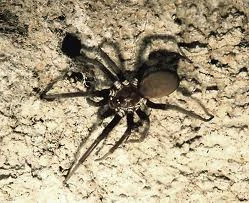
Final Thoughts
The Southern House Spider is a unique, educational, and hassle-free pet that shines when given the right setup. While it won’t crawl on your hand like a tarantula, its natural hunting behaviors and hardy nature make it a rewarding species to keep.
For the best experience, we highly recommend the Cobweb Castle—it transforms this secretive spider into a captivating display animal.
Have you kept a Southern House Spider? Share your experiences below! For more unusual pet reviews, stay tuned to our blog. 🕷️

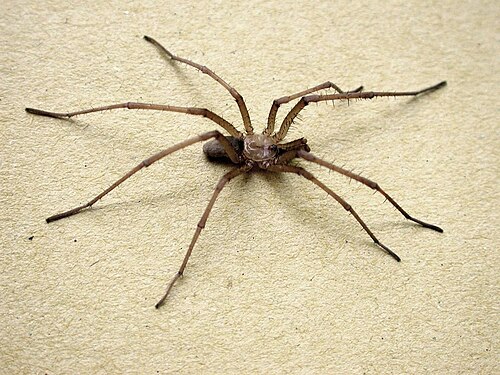


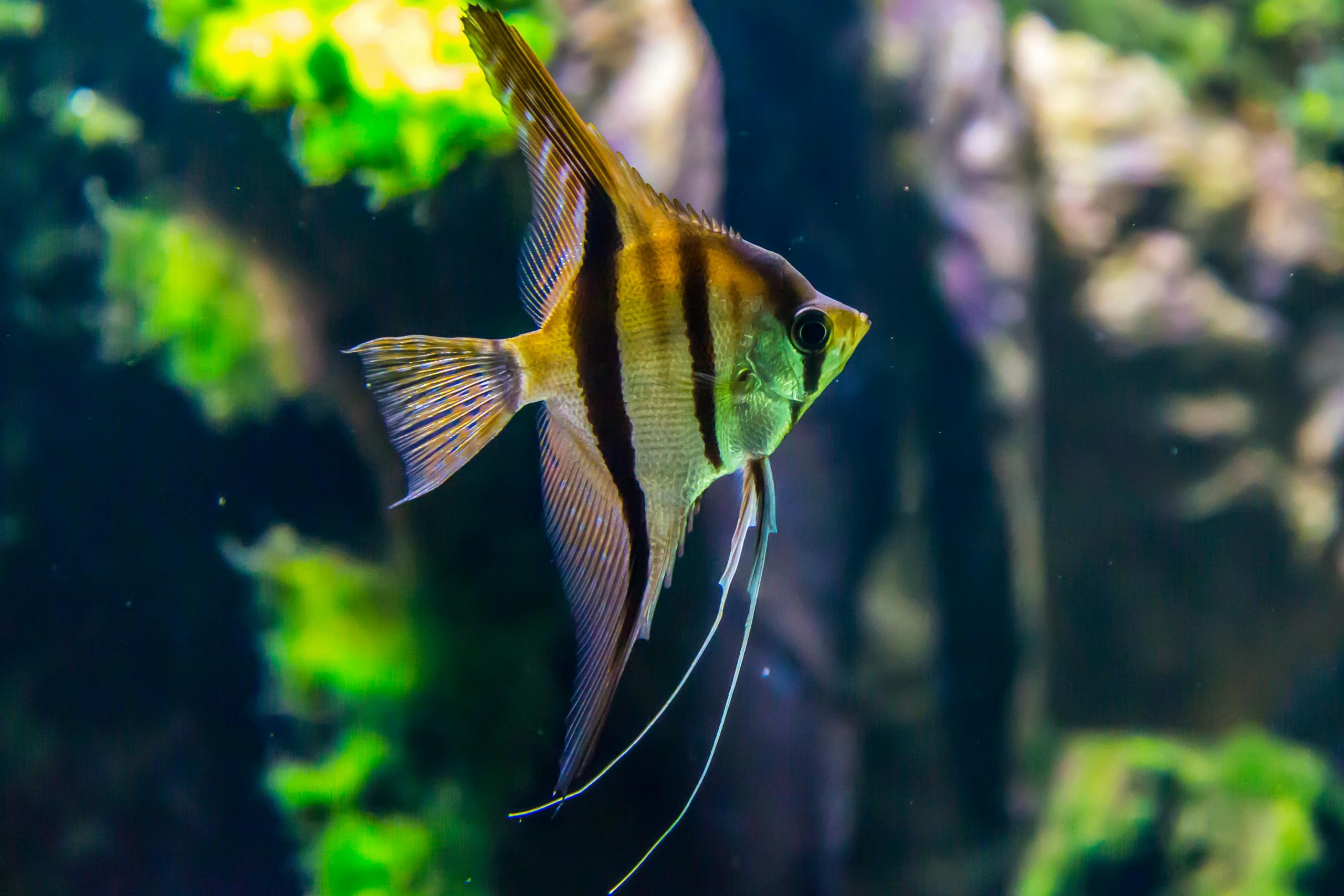
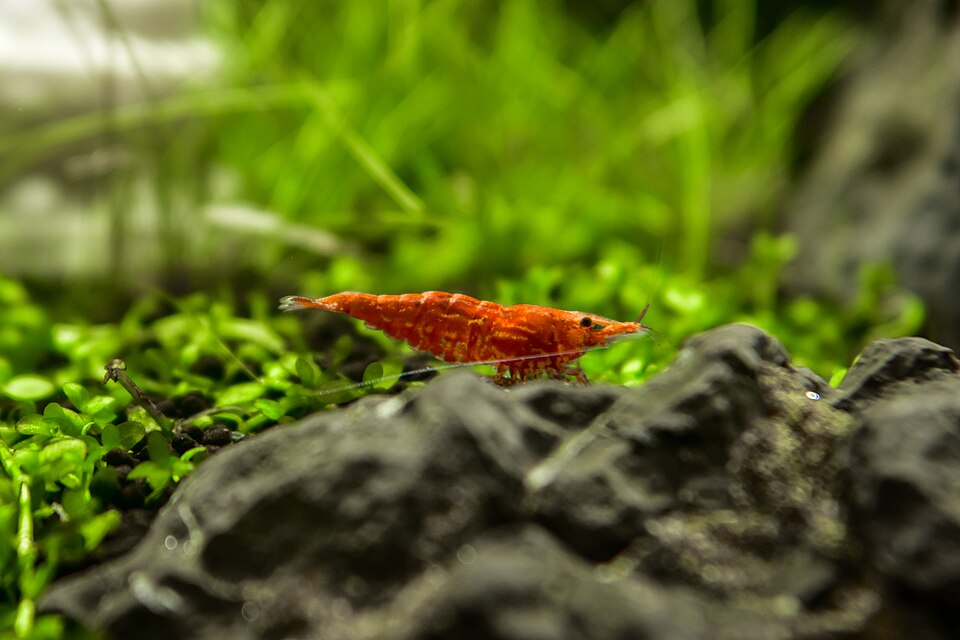

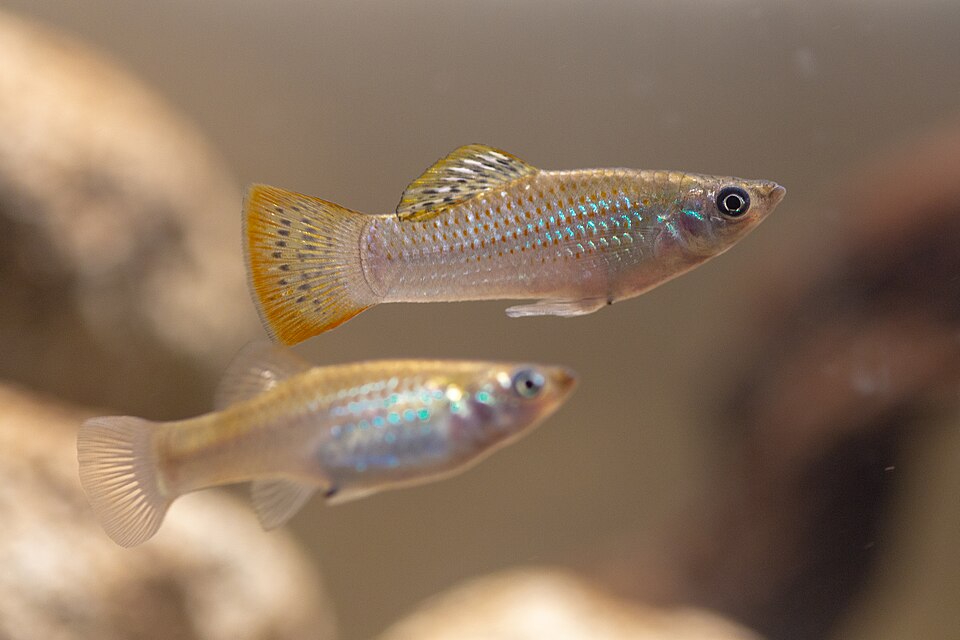
Leave a Reply